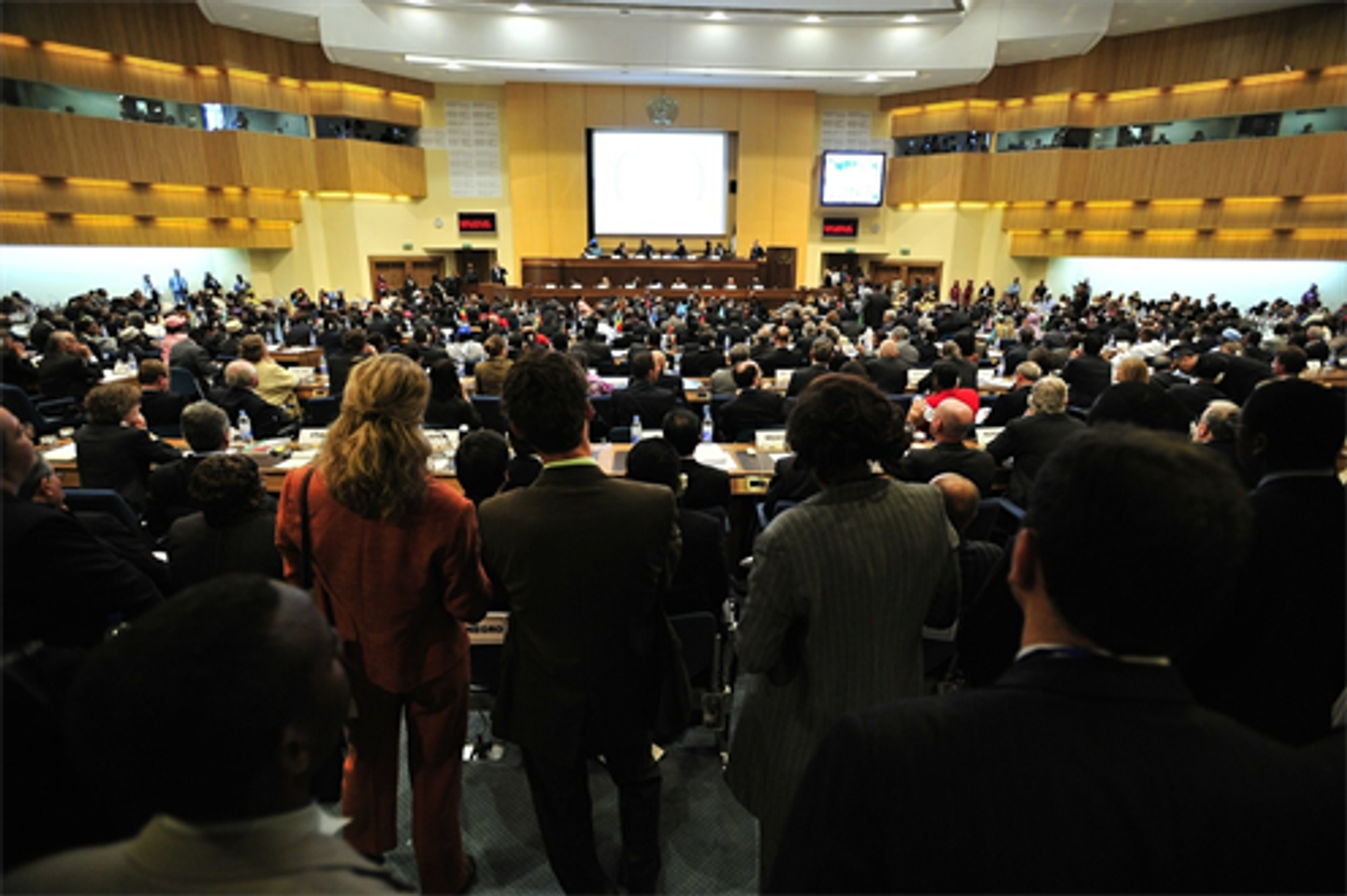

- Home
- Companies
- Smart Grid Observer
- News
- Smart-Charging and V2G Critical for ...

Smart-Charging and V2G Critical for Cost Savings, Grid Stability and Renewables Integration
EY predicts that by 2030, there will be more than 50 million electric vehicles on Europe’s roads, representing 15% of the total vehicle stock. As electrification accelerates, ensuring the cost-effectiveness, stability, and efficiency of the power grid will require managing how and when EVs are charged and using the electricity stored in the battery to provide valuable flexibility services to the power grid. A new report, "Plugging into potential: unleashing the untapped flexibility of EVs" explores how unidirectional smart-charging, which allows EVs to draw power from the grid at optimal times, and vehicle-to-grid (V2G) technology, allowing EVs to both draw power and send electricity back to the grid, can reduce total cost of ownership (TCO) for consumers, provide grid balancing solutions, and accelerate renewable energy adoption.
Serge Colle, EY Global Power & Utilities Leader, says: "By 2030, flexibility resources across Europe will need to more than double to keep pace with an increasingly intermittent power system. EVs — already abundant and rapidly growing in number — are a readily-available, scalable, and cost-effective asset to provide that flexibility. By shifting EV charging to optimal times and enabling V2G, we can reduce energy costs for consumers substantially, alleviate grid stress, and support the integration of renewables into the energy system."
EV flexibility unlocks significant cost savings for consumers
Harnessing EV flexibility can significantly reduce vehicle TCO for consumers when compared with an internal combustion engine vehicle. EY calculates that simply by switching to an equivalent electric vehicle, annual savings of 4% in the compact segment, 9% in the family car segment and 14% for large/sports utility vehicles (SUVs) could be realized on average across six key markets in Europe.
However, while savings vary market to market, the study finds that when optimally charged and rewarded for selling energy back to the grid, vehicle TCO reduces significantly:
- A compact EV owner in the UK could save up to 19% (€1,230 annually). In Germany, Sweden and Spain, the TCO could be reduced by as much as 14%. In France and the Netherlands, savings of 7% and 9% respectively, may be realized.
- The family segment could reward drivers with 15% (€1,200) annual savings in France, rising to 23% (€1,800 annually) in Germany.
- In the SUV segment, drivers in the UK could realize savings of up to 26% annually, while their German counterparts could enjoy savings of 29% (€3,000).
Flexibility will help drive €4bn in annual savings
Smart-charging and V2G are not just beneficial to EV owners — they are essential for managing grid congestion and reducing network investment costs. The report finds that:
- By investing ahead to meet future demand, optimizing the grid and making use of flexibility from available assets, European grid operators could benefit from a projected €4bn saving every year.
- By 2030, EVs could contribute up to 4% of Europe’s annual power supply, equating to 114TWh — enough to power 30 million homes.
- By 2040, if all EVs are capable of bidirectional charging, over 10% of Europe’s power needs could be stored and reinjected when needed.
Renewable integration and peak demand balancing
With Europe’s power mix shifting rapidly toward renewables, the ability to store and discharge energy when needed is becoming critical. The report highlights:
- Instances of negative electricity pricing jumped 160% year-on-year. These were registered in nearly every European electricity market, driven by growth in subsidized, price-insensitive generation capacity, such as nuclear and rooftop solar, combined with low demand.
- Demand for flexibility will double in Europe by 2030.
- EV flexibility could help avoid renewable energy curtailment and ensure power is available when demand peaks.
This makes unidirectional and bidirectional charging not so much options but necessities. EVs have the potential to deliver among the most affordable, scalable and flexible solutions to localized energy needs, while driving down the price tag for network investment.
Source: EY
--------------------------------------------
Upcoming conferences organized by SGO:
5th V2G Business, Policy and Technology Forum - Spring, May 6-8, 2025 | San Ramon, CA
Utility AI Innovation Forum, May 14, 2025 | Chicago
ICS/SCADA Cybersecurity Symposium and Exhibition, June 3-4, 2025 | Chicago
7th EV Charging Infrastructure Summit - North America, July 15-17, 2025 | Chicago
20th Microgrid & Off-Grid Innovation Forum, September 30 - October 1, 2025 | Austin, TX
